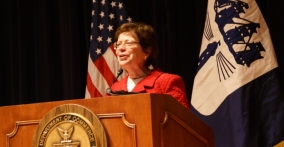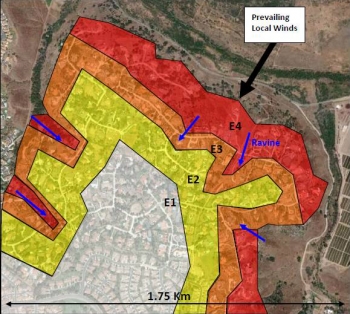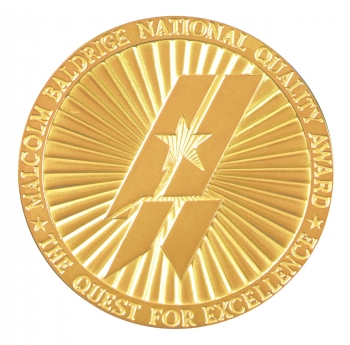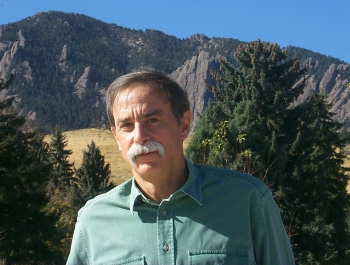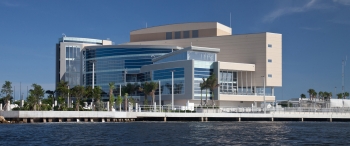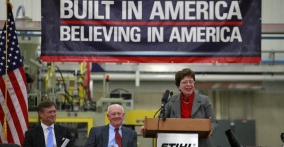Ed. note: This post is part of
the Spotlight on Commerce series highlighting members of the Department of Commerce and
their contributions to an Economy Built to Last.
Guest blog post by Willie May, Associate Director
for Laboratory Programs and Principal Deputy, National Institute of Standards
and Technology (NIST)
Sometimes even the most difficult circumstances lay the foundation for very positive outcomes. I grew up in Birmingham, Ala., in the late 1950s and early 1960s. It goes without saying that any aspirations for becoming a scientist and a senior leader of a world class scientific agency with a $1 billion dollar budget and four Nobel Prizes would never have occurred to me.
But like most people I had some advantages hidden among the more visible obstacles to success.Advantage number one: my mother and father. They made sacrifices for me and my two younger sisters and expected us to rise above our surroundings and go to college. I was also expected to get good grades even though in my community it was more important to be a good athlete than it was to be a scholar. I actually was able to do both.
Advantage number two: I had excellent, smart, and very committed teachers. Opportunities were limited for people of color in mid- 20th century Alabama. Most African Americans like me were laborers in the mines and steel mills. Professional jobs were teacher, preacher, lawyer, doctor and undertakers; and their client base was limited to the black community. The best minds of my neighborhood went to college and became teachers. And they came back to teach us everything they possibly could.
In my case that included college-level chemistry in high school. Mr. Frank Cook, my high school chemistry teacher, selected five of us for his own experiment. Starting in 10th grade he taught us the same material he had learned just the summer before at Alabama A&M University. That head start gave me the confidence I needed for college. Besides me and my lifelong friend, Marion Guyton (former Attorney with the Justice Department), others who benefitted from these highly regarded public school teachers include former Secretary of State Condoleezza Rice, University of Maryland Baltimore County President Freeman Hrabowski, chief of the Census Bureau’s Statistical Research Division, Tommie Wright and Rensselaer Polytechnic Institute president, Shirley Jackson.
Advantage number three started with heartbreak. Guyton and I were always competing with each other. As high schoolers, we both applied to Howard University, the Harvard of the black community. Marion got a full scholarship and he was more than happy to flaunt and badger me about it. When no letter came for me, I inquired about my application. It was nowhere to be found. I later learned from my principal, R.C. Johnson (Colin Powell’s father-in-law) that the application had been lost in his office. To make up for the error, he personally arranged for me to get a scholarship to Knoxville College.


